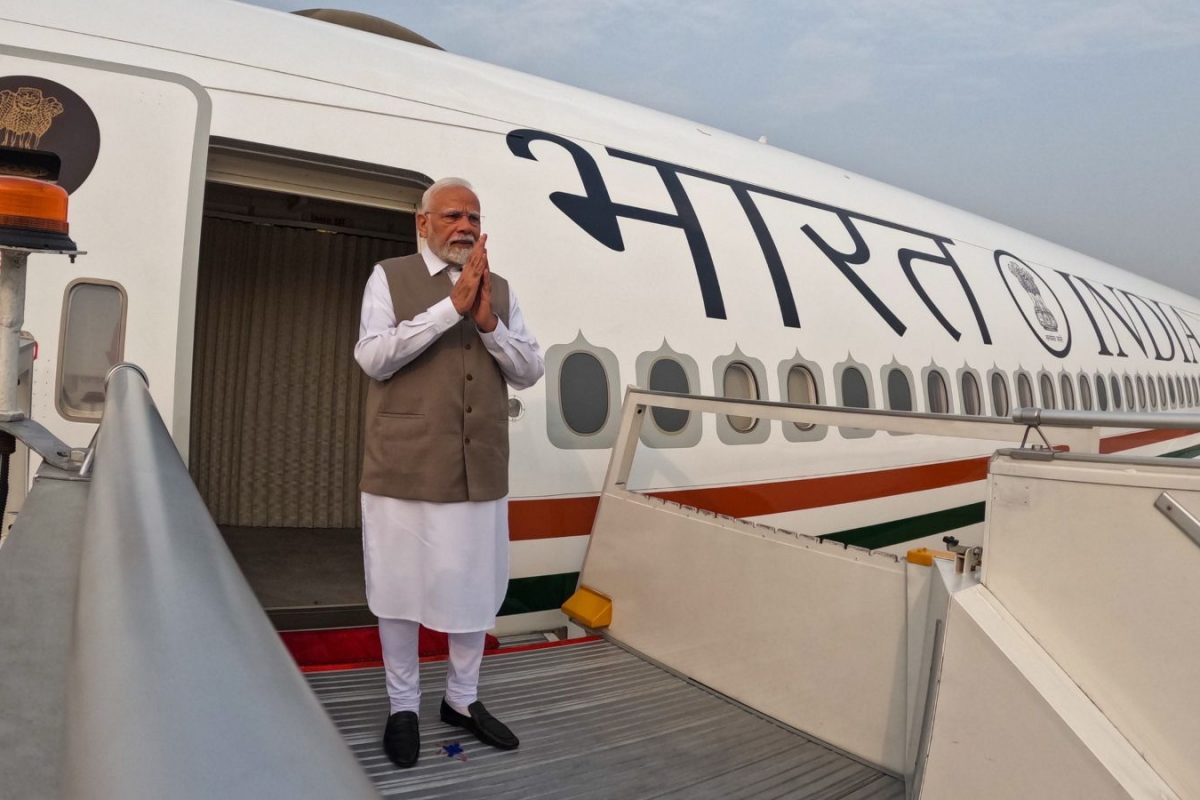

Prime Minister Narendra Modi is embarking on an ambitious eight-day, five-nation tour from July 2nd. This journey, spanning Ghana, Trinidad and Tobago, Argentina, Brazil and Namibia, exemplifies India's commitment to strengthening ties with the Global South and engaging in crucial multilateral discussions. The trip is strategically designed to maximize engagement across continents, reflecting India’s growing global influence.
The tour's centerpiece is the BRICS Summit in Rio de Janeiro, Brazil, scheduled for July 6-7. BRICS, comprising Brazil, Russia, India, China, and South Africa (with recent expansion to include Egypt, Ethiopia, Iran, Indonesia, and the United Arab Emirates), stands as a powerful non-Western bloc representing the interests of developing nations. Modi's presence at the summit underscores India's dedication to fostering economic cooperation, addressing global conflicts, and advocating for counter-terrorism measures within the BRICS framework. Discussions are expected to address the fallout from conflicts around the globe. The Indian side is likely to seek the bloc's support for its campaign against cross-border terrorism.
Beyond the BRICS Summit, the Prime Minister's itinerary includes bilateral visits aimed at bolstering relationships with each nation. A bilateral meeting with Brazilian President Luiz Inácio Lula da Silva in Brasília is anticipated, focusing on strengthening the strategic partnership between the two countries. These discussions will likely encompass trade, investment, and collaboration on global issues such as climate change and sustainable development.
Significantly, this tour marks the first time Modi has visited Ghana, Namibia, and Trinidad and Tobago as Prime Minister. These visits highlight India's increasing focus on Africa and the Caribbean, regions with which it seeks to deepen economic and diplomatic ties. Ghana, a key player in West Africa, presents opportunities for enhanced trade and investment, particularly in sectors like infrastructure and energy. Namibia, rich in natural resources, holds potential for collaboration in areas such as mining and resource management. Trinidad and Tobago, with its strategic location and diverse economy, offers avenues for cooperation in energy, technology, and cultural exchange.
Argentina is also a crucial stop on the itinerary, given India's interest in securing access to rare earth minerals essential for its growing technology and manufacturing sectors. Discussions in Buenos Aires are expected to focus on strengthening cooperation in agriculture, defense, and connectivity.
This five-nation tour is one of the lengthiest overseas visits of Modi's tenure, reflecting the importance India places on its engagement with the Global South. His longest being an 11-day trip in November 2014 to Myanmar, Australia, and Fiji. By strategically scheduling meetings and events across multiple countries, the Prime Minister aims to cover maximum ground, addressing key strategic, economic, and political objectives.
The absence of Russian President Vladimir Putin and possibly Chinese President Xi Jinping from the BRICS summit will be notable. While Foreign Minister Sergey Lavrov will represent Russia, Premier Li Qiang is expected to lead the Chinese delegation instead. Despite these absences, the summit remains a critical platform for India to advance its interests and strengthen its relationships with key partners in the developing world.
In the lead-up to this tour, Modi visited Sri Lanka in April 2025, followed by key bilateral engagements in Cyprus and Croatia in mid-June, and then participated in the G7 Summit in Canada earlier this month, demonstrating sustained diplomatic engagement. This proactive approach underscores India's commitment to playing a leading role in shaping the global agenda and fostering a more inclusive and equitable world order.